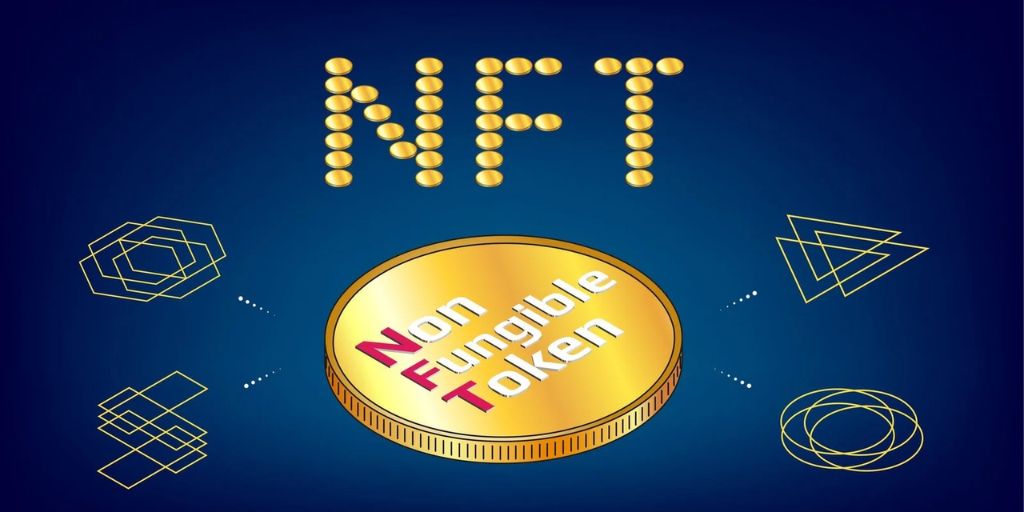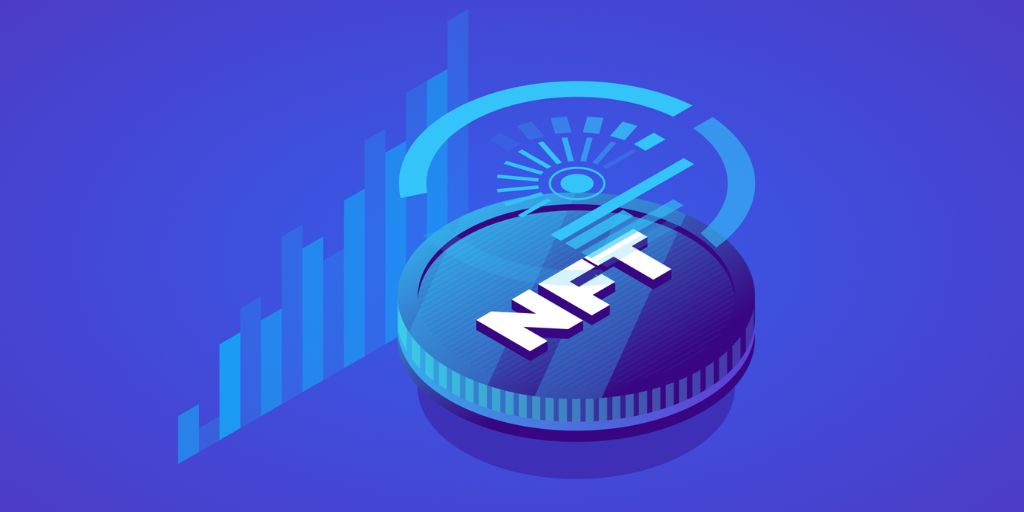In recent years, NFTs have exploded into mainstream conversation, especially within the worlds of art, gaming, and digital collectibles.
But what exactly are NFTs? How do they work, and why are they creating so much buzz? This article breaks down the basics of NFTs (Non-Fungible Tokens), explaining what they are, how they function, and why they matter in the digital age.
What Does NFT Mean?
NFT stands for Non-Fungible Token.
-
Non-fungible means something unique and not interchangeable. For example, a one-of-a-kind painting is non-fungible because it’s unique and cannot be replaced by an identical item.
-
Token refers to a digital asset stored on a blockchain.
Together, an NFT is a digital certificate of ownership representing something unique — like digital art, music, videos, or even tweets.
Fungible vs. Non-Fungible: Understanding the Difference
To grasp NFTs, it’s essential to understand fungibility:
-
Fungible assets are interchangeable. For instance, one US dollar bill is equal to any other dollar bill. Cryptocurrencies like Bitcoin or Ethereum are fungible because one unit is equal to another.
-
Non-fungible assets are unique items that cannot be exchanged on a one-to-one basis. Think of trading cards, real estate, or limited-edition collectibles.
NFTs are non-fungible digital tokens, so each token has a distinct value and identity.
How Do NFTs Work?
NFTs exist on a blockchain, which is a decentralized digital ledger that records transactions transparently and securely. The most popular blockchain for NFTs is Ethereum, but others like Binance Smart Chain, Solana, and Flow also support NFTs.
Here’s a simplified overview of how NFTs work:
1. Creation (Minting)
-
An NFT is created through a process called minting, where digital content is tokenized and recorded on the blockchain.
-
This process converts the digital file (artwork, video, music, etc.) into a unique token with metadata and a unique identifier.
-
Once minted, this token lives on the blockchain forever, proving ownership and authenticity.
2. Ownership and Provenance
-
The blockchain records who owns the NFT and tracks its history (called provenance).
-
Unlike copying a digital file (which is easy and unlimited), the NFT represents verifiable ownership of the original.
-
Ownership can be transferred or sold on various NFT marketplaces like OpenSea, Rarible, or NBA Top Shot.
3. Buying, Selling, and Trading
-
NFTs can be bought using cryptocurrency (usually Ethereum).
-
Ownership transfer happens via blockchain transactions.
-
Because the blockchain is decentralized and immutable, the record of ownership and transaction history cannot be tampered with.
What Can Be an NFT?
NFTs can represent almost any digital item:
-
Digital art: Paintings, animations, illustrations, and GIFs.
-
Music and audio: Songs, albums, sound bites.
-
Videos: Clips, movies, highlights.
-
Collectibles: Trading cards, virtual pets, virtual real estate.
-
In-game items: Skins, weapons, characters in video games.
-
Domain names: Blockchain-based website domains.
-
Memes and tweets: Digital artifacts from internet culture.
Some NFTs also come with additional perks, like access to exclusive content, events, or physical items.
Why Are NFTs Valuable?
The value of NFTs often comes from:
Scarcity and Uniqueness
-
NFTs are designed to be scarce — limited editions or one-of-a-kind pieces.
-
Digital scarcity drives demand and value, similar to physical collectibles.
Provenance and Authenticity
-
Blockchain verifies the original creator and ownership history.
-
This authentication adds value by eliminating fraud or fake copies.
Community and Utility
-
Many NFTs are tied to active communities, exclusive access, or utilities (like in games or virtual worlds).
-
Ownership can grant benefits beyond just the digital asset itself.

Speculation and Investment
-
Some buyers view NFTs as investments, hoping their value will increase.
-
High-profile sales, celebrity endorsements, and media hype can drive prices up.
Criticisms and Risks of NFTs
Despite the excitement, NFTs come with challenges and criticisms:
Environmental Concerns
-
Most NFTs run on Ethereum, which currently uses energy-intensive proof-of-work validation.
-
This process results in a large carbon footprint.
-
However, Ethereum is transitioning to proof-of-stake, which will significantly reduce energy use.
Market Volatility
-
NFT prices can be highly volatile and speculative.
-
Many NFTs have lost value or failed to find buyers.
Copyright and Ownership Issues
-
Owning an NFT doesn’t always mean owning full copyright or usage rights.
-
Some NFTs may sell digital art without the artist’s permission.
Scams and Fraud
-
The NFT space has seen scams, fake projects, and rug pulls.
-
Buyers should research projects and creators carefully.
How to Buy and Store NFTs
If you want to buy NFTs, here’s a quick guide:
1. Set Up a Digital Wallet
-
You’ll need a crypto wallet compatible with Ethereum or the blockchain the NFT is on.
-
Popular wallets: MetaMask, Coinbase Wallet, Trust Wallet.
2. Buy Cryptocurrency
-
Purchase Ethereum (ETH) or the relevant cryptocurrency on exchanges like Coinbase, Binance, or Kraken.
3. Connect Wallet to NFT Marketplace
-
Platforms like OpenSea, Rarible, or Foundation allow you to browse and buy NFTs.
-
Connect your wallet to the marketplace.
4. Buy the NFT
-
Select the NFT you want and follow the purchasing steps.
-
You’ll pay the NFT price plus any transaction (gas) fees.
5. Store and Manage Your NFT
-
Once purchased, the NFT is stored in your wallet.
-
You can view, transfer, or sell it on marketplaces.
The Future of NFTs
NFTs are still evolving. Potential future developments include:
-
Integration into the metaverse — virtual worlds where users own digital land and items.
-
Enhanced interoperability — NFTs working across multiple platforms and games.
-
More sustainable blockchain solutions.
-
Wider use cases beyond art and collectibles, such as real estate deeds, identity verification, and event tickets.
Summary
NFTs are unique digital tokens secured by blockchain technology that prove ownership of digital assets. They enable artists, creators, and collectors to buy, sell, and trade digital content with verified authenticity.
While the space is exciting and full of opportunities, it’s important to understand the risks and challenges involved. As blockchain technology matures, NFTs are likely to play a bigger role in digital ownership and the online economy.




